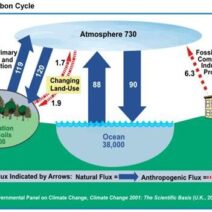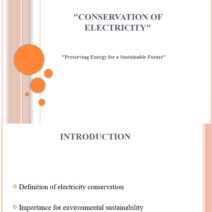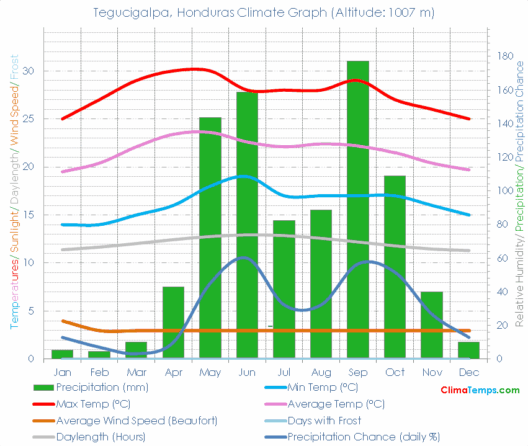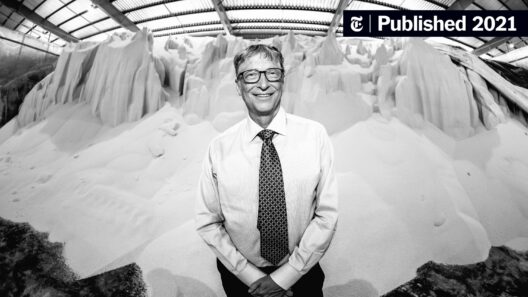Climate control is a complex yet integral system that governs the temperature and overall conditions of our planet. Essentially, it serves as Earth’s natural thermostat, a delicate balance maintained through a myriad of interactions between land, ocean, atmosphere, and living organisms. Understanding this intricate web is vital for addressing climate change and its far-reaching impacts.
At the core of climate control are several key components, including greenhouse gases, solar radiation, and ocean currents. Greenhouse gases such as carbon dioxide, methane, and nitrous oxide trap heat in the atmosphere, acting like a blanket that keeps the planet warm enough to sustain life. However, an excess of these gases, particularly from human activities like burning fossil fuels and deforestation, leads to an enhanced greenhouse effect, resulting in global warming.
Solar radiation is the primary energy source for Earth’s climate system. The sun emits an enormous amount of energy, a portion of which is absorbed by the Earth’s surface, while the rest is reflected back into space. Variations in the Earth’s orbit, axial tilt, and solar output create natural climate cycles, but human interventions have disrupted this balance, raising critical questions about the sustainability of our actions.
Ocean currents play an equally pivotal role in regulating climate. These currents are driven by a combination of wind patterns, salinity, and temperature differences, transferring heat around the globe. For instance, warm currents, like the Gulf Stream, influence weather patterns across continents, whereas cold currents can lead to cooler climates in specific regions. Alterations to these currents, as a result of climate change, not only impact marine life but also weather systems, such as hurricanes and droughts.
Another lens through which we can understand climate control is through the concept of feedback loops. These loops can either amplify or diminish the effects of climate change. For example, melting ice caps reduce the Earth’s albedo—a measure of reflectivity—leading to further warming as darker ocean water absorbs more heat. Conversely, increased vegetation can sequester carbon dioxide, providing a cooling influence. Yet, the speed and unpredictability of these feedback mechanisms pose formidable challenges in predicting climate outcomes.
Climate control is not merely a scientific concept; it also implicates social, economic, and political dimensions. Current climate discourse often centers on mitigation and adaptation strategies aimed at reducing greenhouse gas emissions and preparing for the effects of a changing climate. Transitioning to renewable energy sources, enhancing energy efficiency, and conserving natural habitats are paramount. However, these solutions demand a shift in perspective—recognizing that we are interconnected with our environment, rather than separate from it. This shift is essential for cultivating sustainable habits and policies that benefit both people and the planet.
Moreover, climate justice has emerged as an essential facet of climate control discussions. The most vulnerable communities often bear the brunt of climate change impacts despite contributing the least to the problem. Acknowledging these disparities is crucial for enacting equitable policies that address the needs of marginalized groups while promoting the well-being of future generations. This perspective broadens the narrative around climate control to include considerations of ethics and equity alongside scientific and economic factors.
The increasing prevalence of climate events, such as extreme heatwaves, catastrophic floods, and intensifying storms, serves as a stark reminder of the need for immediate action. Scientists warn that surpassing critical climate thresholds could lead to irreversible damage, reshaping ecosystems and rendering many regions uninhabitable. But rather than resigning ourselves to despair, we are called to harness our collective ingenuity. The future depends on our ability to innovate and implement solutions that restore balance to the Earth’s thermostat.
No discussion on climate control is complete without acknowledging the role of individual actions and grassroots movements. Small changes in our daily lives, such as reducing waste, using public transportation, and supporting sustainable products, collectively contribute to a larger movement towards sustainability. Advocacy and education play a vital role in galvanizing public support for policy changes and fostering a culture of environmental stewardship.
Countries around the world are increasingly recognizing the necessity for cooperative efforts in climate governance. International agreements, such as the Paris Agreement, aim to unite nations in the fight against climate change. By committing to limit global temperature rise and reduce emissions, nations can work collectively towards a sustainable future. However, these agreements demand consistent accountability and transparency to ensure the efficacy of the measures being implemented.
In conclusion, understanding climate control involves a multifaceted examination of natural systems, human behavior, and societal implications. As stewards of this planet, we must recognize our role in maintaining its delicate balance. By approaching climate change as a shared responsibility, we can foster a spirit of unity and action that transcends borders. Embracing curiosity and a commitment to education will empower individuals and communities to advocate for substantial changes, ensuring the health of our planet for generations to come.








